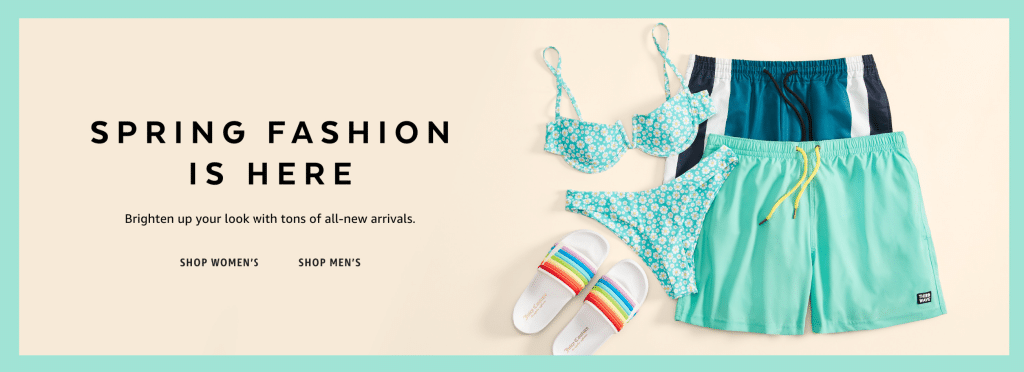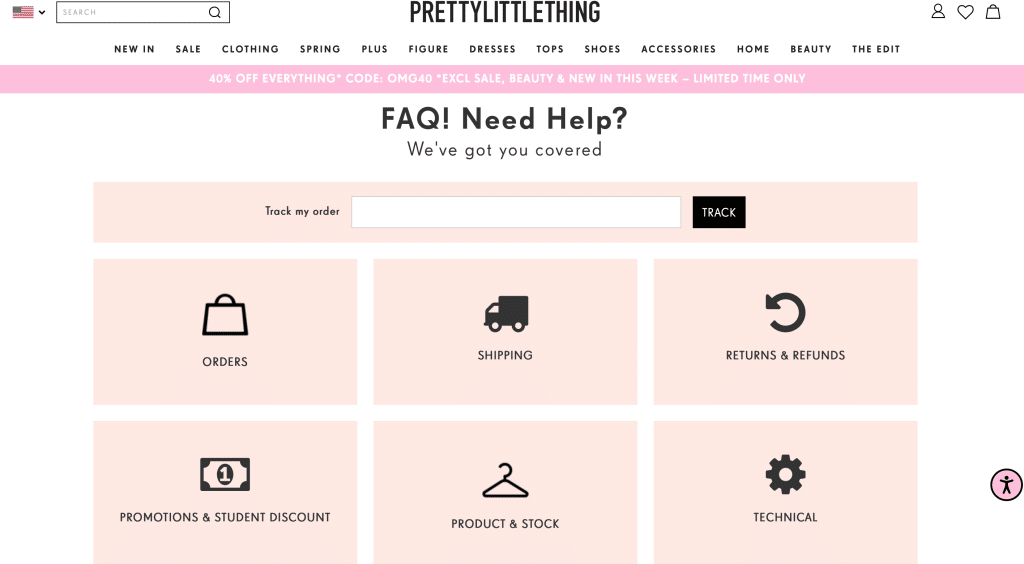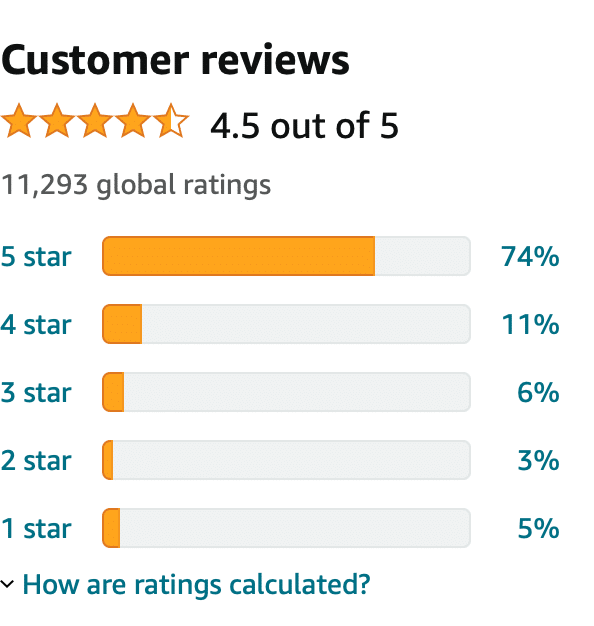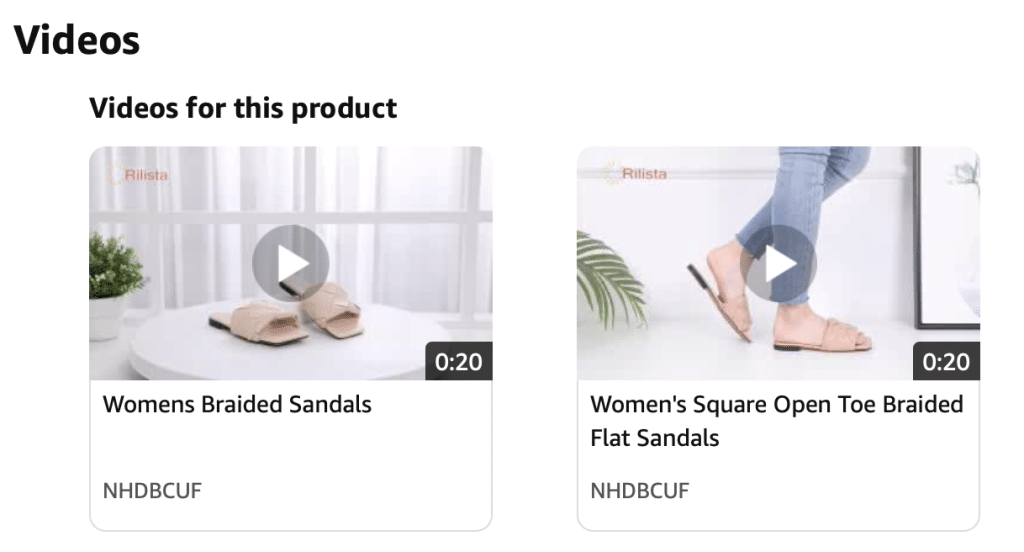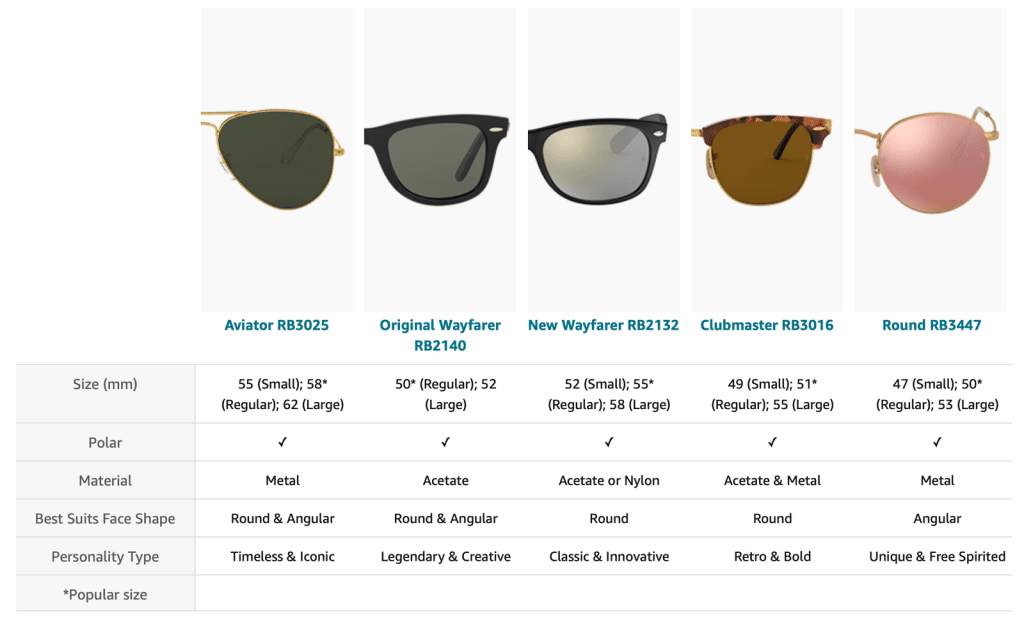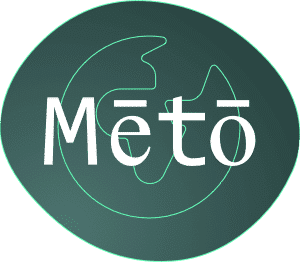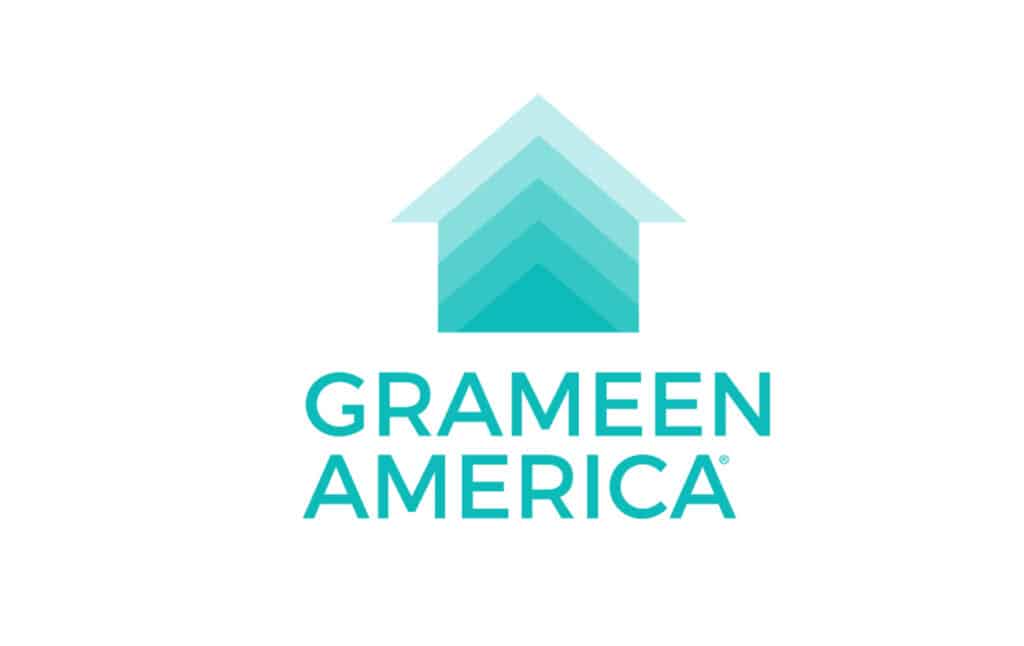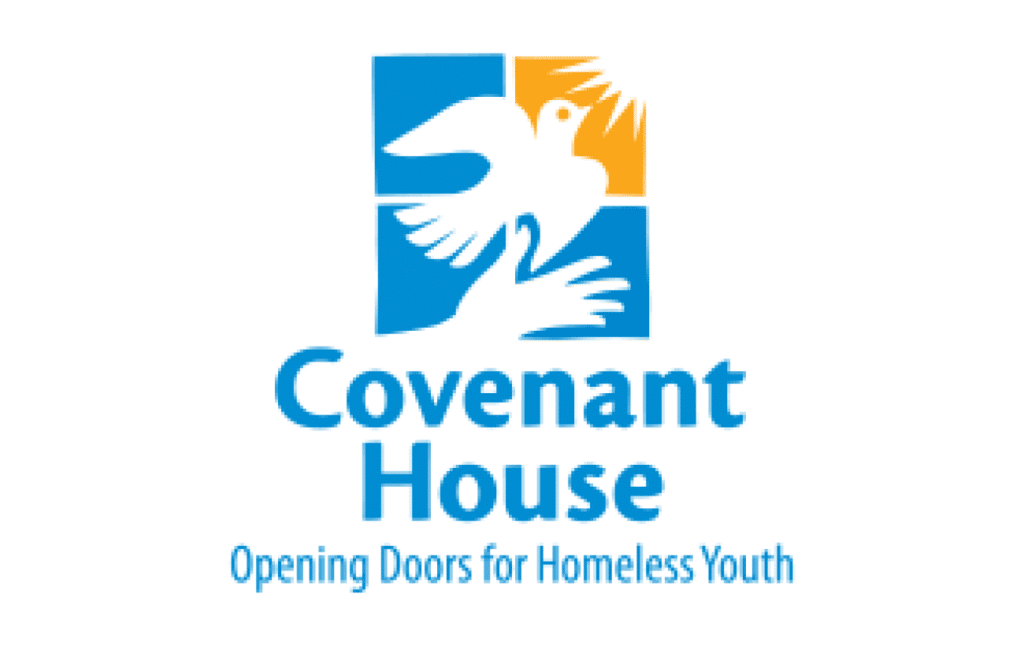A major buzzword for the modern marketer is “content”. It’s all we hear, and there’s a reason why. Curating brand centric, educational content is the best way capture the attention of potential buyers in the modern marketing landscape. But how does one take such a broad concept like content and transform it into a series of omni-channel messaging that both educates and influences our ideal customers to take action whenever and where ever they reside in the digital world?
The key to creating content that converts is fully understanding the buyer’s journey and delivering information that is needed each step of the way. It’s important to keep in mind that consumers see tons of content each day, so capturing their interest requires serving them highly tailored content that is personalized to their interests. Every marketing team’s goal is to convert customers with the fewest amount of messages possible, and the best way to do that is with highly tailored content curation.
Before we dive into the types of content that appeal to customers, let’s explore the buyer’s journey as a whole and what needs to be considered before curating content to resonate with your consumers.
Curating Content That Appeals to Every Stage of the Buying Process
In order to better understand what content and information to curate to convert your leads to customers, marketers must fully understand their buyers and the buyer’s journey for their products. Leveraging your brand’s unique data will give you the best insight into what content and information your specific audience segments seek during their buyer’s journey and which types of messaging and mediums they will best connect with. However, generally speaking, for retail and direct-to-consumer brands, the four stages of the buyer’s journey from beginning to end are:
Look at each stage comprehensively. This way, you can develop content that appeals to your consumer’s wants and needs every step of the way. At each step, ask yourself:
- Where can I reach my ideal buyer?
- Which social platforms do they live on?
- Are they searching for and purchasing products online, or do they prefer to shop in-store?
- How can I best appeal to my consumer targets, based on the buying stage they are currently in?
- What do consumers know about my products at their current stage?
- What additional information could I provide that they may be searching for at this stage in their buyer journey?
Look at each stage comprehensively. This way, you can develop content that appeals to your consumer’s wants and needs every step of the way. At each step, ask yourself:
- How can I serve high quality content that leads to faster conversions with fewer touchpoints?
- What pieces of content are last seen before a purchase is made?
- Which touchpoints are getting the most engagement?
- What content messages and mediums are yielding the highest purchasing conversions?
- How can we continue to push them forward in the buying journey?
- How can I replicate my highest converting messages across other content mediums and channels?
- What content is causing the most bounces, exits, or the least amount of engagement?
Keep in mind that modern customer journeys most often require multiple touchpoints before conversion. For example, customers may see an interesting product on Facebook, research it on Google, check out the product on a brand’s website the next day, and then purchase it via an in-app ad, like a shoppable Instagram post or traditional digital advertisement. Modern consumers purchase on their own terms, in the ways that are most convenient to them. Curating your content around a multi-channel, multi-medium omnichannel strategy is critical to modern marketing success.
Some estimate anywhere from 28-62 touchpoints are required to make a sale, while others state this number may be upwards of 500 touchpoints. – Digilant
Let’s breakdown each stage of the buyer’s journey, discuss what information buyers are seeking at each stage, and which content mediums are most impactful at each phase. These data-supported tips will set your brand up for modern marketing success.
Awareness Stage
At this stage, your potential buyer needs to be made aware of your brand or reminded that your brand exists. Here you’ll want to showcase who your brand is and what you have to offer in a way that resonates with your ideal consumers.
At this stage, retailers should consider leveraging social media and digital advertisements across a variety of ad networks to increase brand awareness.
Establishing a Presence on Social
Smart marketers know that having a presence on social media is a must in this day and age. Taking the next step to expand your commerce strategy onto social platforms will certainly set you up for success. The term social commerce refers to the shopping experience that occurs when a buyer makes a purchase directly on a social media platform or instances when shoppers access a link on social media, click it, and continue on to buy. The big names in social apps are making it easier than ever for brands to integrate commerce into their existing social strategy.
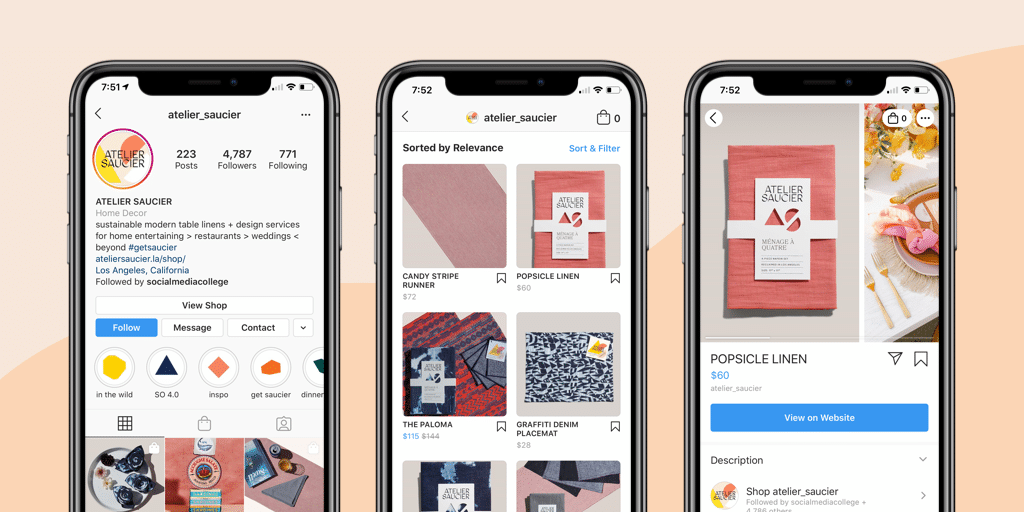
If you’re not quite ready to integrate your socials into your commerce strategy, no need to worry. You can start simply by analyzing what content mediums (photo, video, carousel etc.) perform best among your audience and continue posting what resonates to grow your platform and build brand awareness. Social has always been a top-of-funnel tool to increase awareness, and integrating your platforms into your commerce strategy is just an added bonus. When done right, social media platforms, especially Instagram, can serve as one-stop-shops for consumers to explore brands and the products they sell, leading to faster purchasing decisions.
According to a Deloitte report, 29 percent of social media users are more likely to make a purchase on the same day of using social media. That means that once they see a product, they simply click on the link and buy it: there’s no need to wait before they go shopping.
Advertising on Retail Media Networks
Retail Media Networks (RMNs) are advertising platforms set up on retailers’ digital networks. They give partnering brands the ability to place ads on retailers’ websites, apps, and other digital properties — an easy and effective way to engage highly targeted audiences across multiple digital channels where they already shop. Running advertisements on RMNs increases brand awareness and reaches prospects right where they already are — on retail sites. Top brands like Amazon, Instacart, Walgreens, Walmart and even Home Depot have launched their own retail media networks that host other brands’ advertisements.
Education Stage
At this step, your customer wants to learn more about your brand and what you sell. Developing and showcasing content that provides value and education at this stage will greatly impact your ideal consumer’s purchasing decisions at this point. Consider curating various messages and mediums that are educational at this stage, like product videos, user generated product reviews and product FAQs, to make an impact. The key to this stage of the buyer journey is to foster connections between your consumers and your brand. Creating relatable, personalized messaging and brand stories that educate them on both your brand and your product offering ensures that buyers are on the path to investing both emotionally and financially with your brand. Remember that always being upfront and transparent in what you share builds consumer trust, which ultimately increases interest and engagement, and bolsters your bottom line.
Customers who engage with your digital and social ads are more likely to head to your website to learn more about your brand. This is an opportunity for you to move consumers further down the funnel. That being said, it is imperative that your website not only up to date, but provides a holistic, on-brand, simple, user experience. Think of your website as the digital version of a brick-and-mortar store, where the customer always expects an enjoyable experience that will hopefully result in a purchase and even better — produces loyal customers that repeatedly return to make future purchases. A poorly designed, complex user interface on your website will deter potential customers from making purchases or ever considering purchasing from your brand again. To negate this, ensure that your website design is created or optimized with the user experience at the core.
88 percent of online consumers are less likely to return to a site after a bad experience. –Sweor
Providing full, accurate information and anticipating questions before consumers have to ask builds trust and gives consumers confidence when shopping. Being upfront with answers to frequently asked questions will also help alleviate confusion, resulting in a decreased number of returns and inquiries to your customer service department. A general FAQ page on your site or a product FAQ section on your individual product pages should address common questions and/or pain points of your customers, expressing your understanding of their needs and ability to help.
Consideration Stage
Product Reviews
Even if your brand has established trust among customers, consumer-driven reviews provide relatable proof that a product is worth the investment, to shoppers still in the consideration stage. A brand marketing team is tasked with painting their products in a positive light, but customers giving a review are only tasked with giving an unbiased opinion of the product based on their experience.
58 percent of consumers have left an ecommerce store without purchasing because the site didn’t contain any customer reviews or photos. – Hubspot
Powerful Video
In today’s digital-centric world, video is the most powerful way to teach customers about your products. By showing a product in use, customers can better understand what purpose and functionality the product serves and can even imagine themselves using it. A short but impactful video can be utilized not only on product pages but also within your omnichannel strategy.
Videos tell a story and provide context to your product, especially in a world where physically seeing products in person becomes more of a rarity. Showing the actual functionality of your product is much more powerful than just telling your customer about it through copy on a product page. Shoppable video, including livestreams, are extremely popular and quickly evolving into the most effective way to leverage video within your marketing strategy to increase business ROI. Check out these product video ideas from Boldist.
Decision Making Stage
The final stage of the buyer’s journey is decision making. Your potential customer needs to know once and for all: Why should I buy this specific product from this particular brand? This is the final phase where you can fully convince your potential customers that purchasing from your brand is the best decision they can make to fulfill their need(s). Leveraging product comparisons and offering flexible ways to pay are two strong tactics to persuade customers to take the final step and invest in your product.
Product Comparisons
What features does your product have compared to that of direct competitors? Creating a side-by-side comparison of your product and competitor products is an extremely effective way to enable customers to make their final decision. Comparing details like price, material, size, shape, color, and more, offer an easy way for consumers to see why your product best fits their needs.
Showcasing the Many Ways to Buy
Price is a big deciding factor for consumers. Offering a competitive price that can’t be beat is key, but admittedly not always possible. This is where Buy Now, Pay Later (BNPL) can help. Giving consumers a breakdown of monthly payments in various time increments showcases affordability and turns would-be buyers into new customers. If you are using a BNPL strategy, make sure to communicate it throughout the many touchpoints of the journey to increase your chances of purchase.
When all is said and done, analyze your data throughout the buyer’s journey to optimize your strategy for the future. Conduct research to determine your customer’s final conversion touchpoint that answers the ultimate question: “What content/message is most impactful to my customer when making a final purchasing decision?” This will allow you to serve content that quickly converts and will help you create reachable omnichannel KPIs that are unique to your brand.
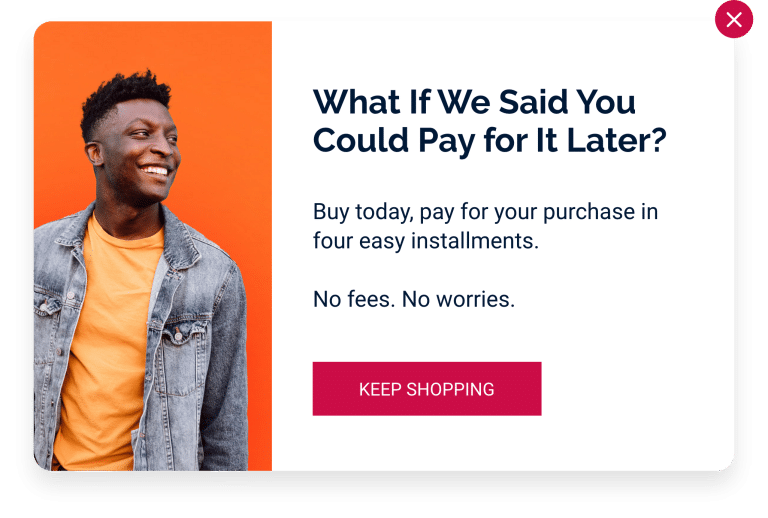
The Bottom Line
Keep in mind that while mapping content to each phase of the buyer’s journey is a strong first step, not every buyer will touch on every point in the journey and the length of each customer’s journey will differ.
For example, some buyers may begin in the awareness stage, seeing an ad on their social feed that leads them to discover your business for the first time, click it, and convert that same day because they were already in the market for the very product you were selling. Others, may be well aware of your brand and highly engaged with your content but are stuck in that consideration stage for ages, because they like to throughly research a product before purchasing.
It’s all about capturing the attention of your ideal buyer by serving them the content they need when and where they need it. Leveraging data to understand your customer journey, guide strategy decisions and to better understand the wants and needs of your ideal buyer is not a one-size-fits-all approach. However it is still without a doubt an essential part of the building blocks for modern retail and e-commerce marketers to ensure long term success through their content creation strategy.

